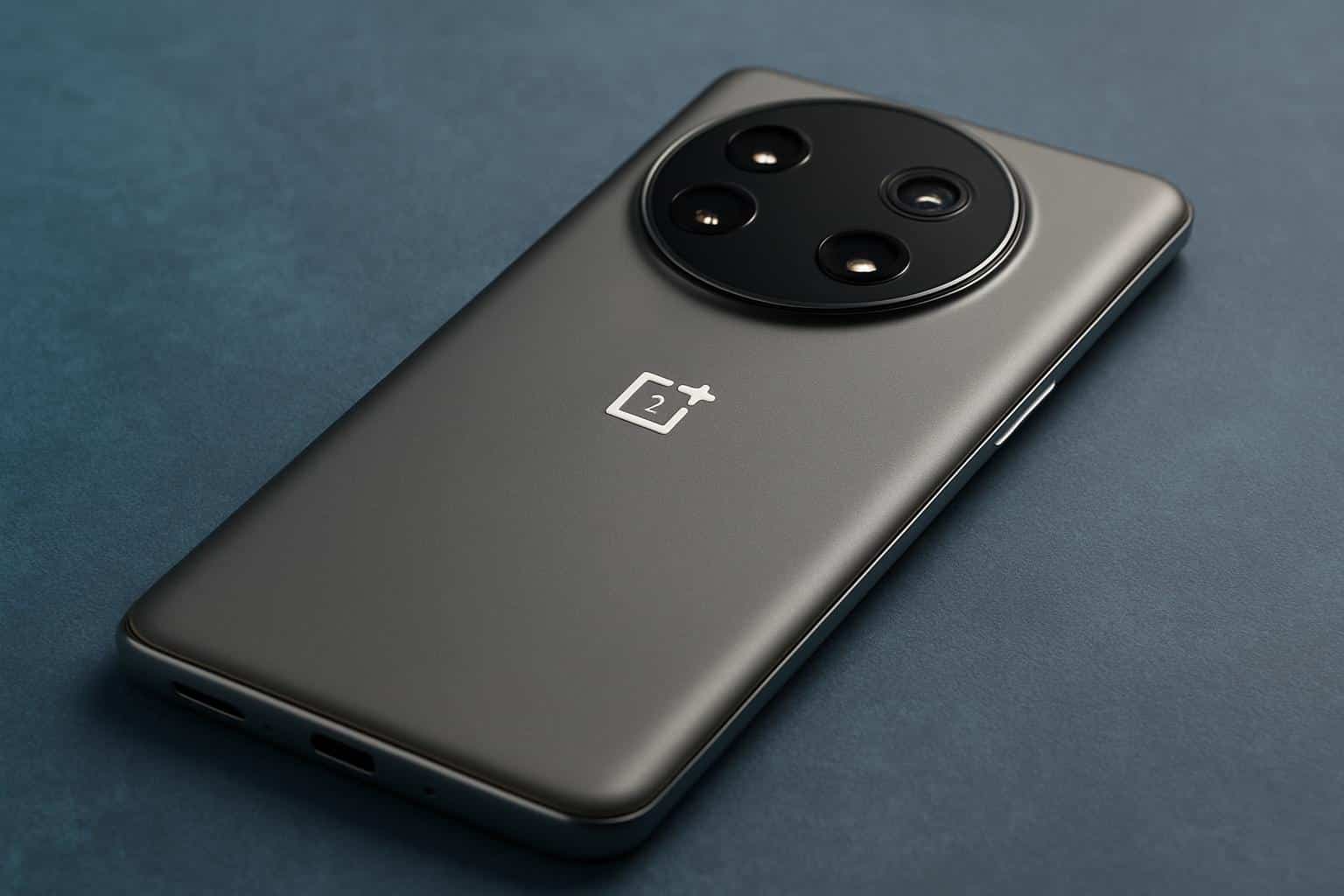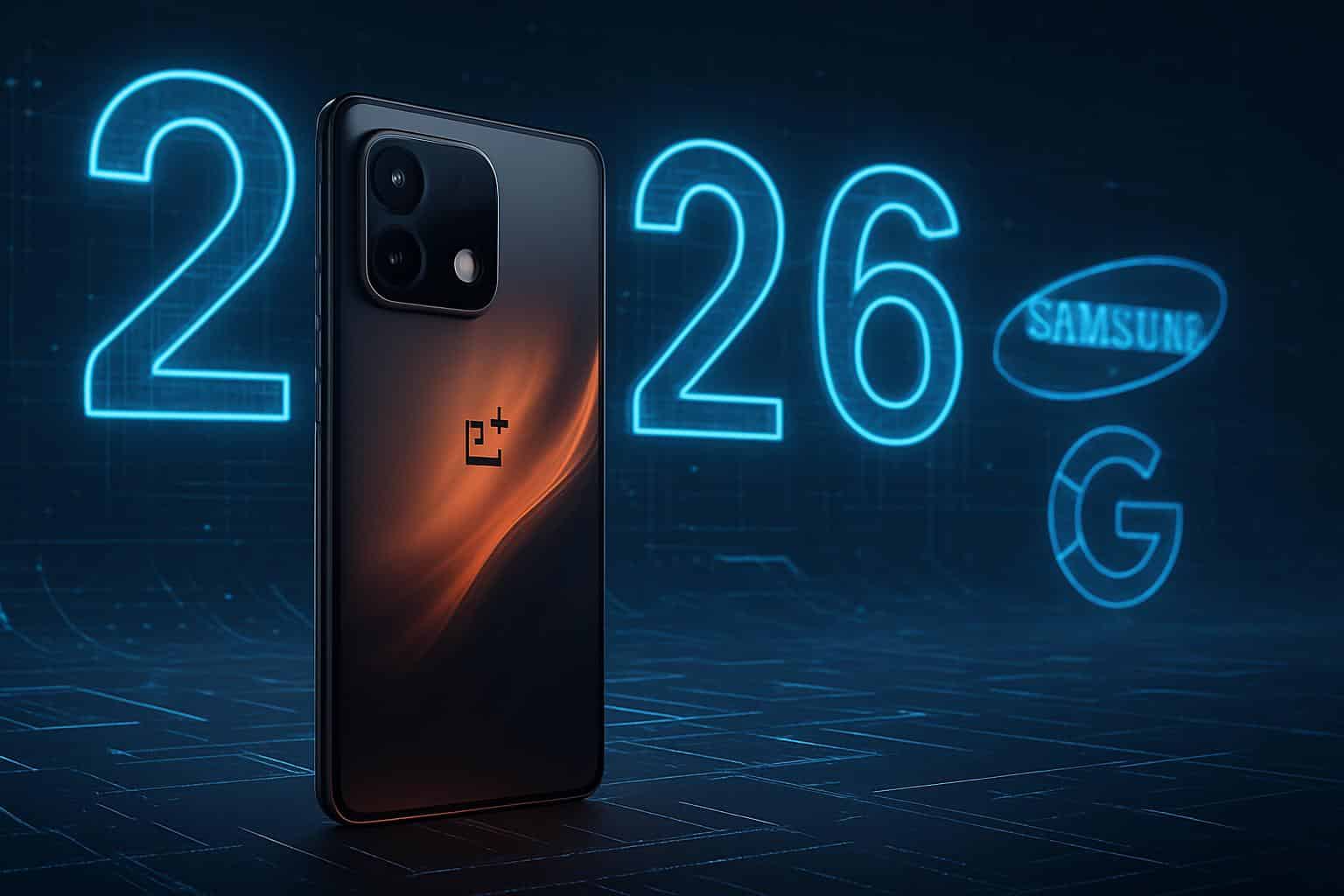If the latest and greatest OnePlus 15 leaks, rumors, and teasers are to be believed, the next reality-warping development in OnePlus tech may be right around the corner — and it just might force Samsung and Google to return to the drawing board.
Not for some single headline feature, but because the spec sheet reads like a POB novella when it comes to balanced inclusions of bleeding-edge display tech and a brute-force battery and charge combo, while toting a fresh imaging approach — probably at an advantageous price compared to its usual lineup victims.

What These Rumors Speak To Android’s Best
High-end Android phones have inevitably trended toward similar designs and incremental improvements. OnePlus has historically disrupted that symphony by offering flagship hardware alongside aggressive pricing, and market trackers Counterpoint Research and Canalys have repeatedly pointed out the extent to which value-led flagships — when performance gaps become visible — steal share. The rumored OnePlus 15 ticks boxes other mainstream rivals all too often have to compromise on, creating the conditions for potential squeeze across the segment’s next cycle.
Display Tech That Goes Beyond Today’s Leaders
Teasers claim a symmetrical design with an ultra-narrow bezel (approximately 1.15mm) on all four sides and full-array local dimming along with a 165Hz OLED panel.
We’ve seen 165Hz on gaming phones, but going to that refresh rate on a mainstream OLED flagship would mean everyday navigation and animation could feel uncannily smooth without the washed-out picture some high-Hz LCDs exhibit.
The panel reportedly has BOE’s next-gen X3 luminescent material, which boasts peak brightness in high-brightness mode that’s some 13% higher and color accuracy close to 12% greater compared with the prior generation, along with power draw about 10% lower and a longer runtime.
Throw in hardware-level 1-nit minimum brightness and TÜV Rheinland Smart Eye Protection 5.0 Gold certification, and you get a screen that’s designed not just to dazzle in a store demo but reduce eye strain during those dark-room gaming sessions as well as take longer-term sips of power.
Performance And Battery Power That Alters Day-To-Day Use
Powering everything will likely be Qualcomm’s new Snapdragon 8 Elite Gen 5, which is said to provide browser-type performance gains of up to 20–25%, thanks in part to sustained efficiency and on-device AI. That’s less important in the world of benchmark bragging, and more interesting when juggling camera processing, offline translation, and generative tools without throttling.
The power narrative could be the true disruptor. The rumors also suggest the phone has a 7,300mAh battery with support for 120W wired and 50W wireless charging. For reference, most of the highest-end Android flagships hover around 5,000mAh to 5,200mAh. That kind of a leap could push battery anxiety off the table even for power users, assuming that’s doable without ballooning weight. The charge specs, meanwhile, would take lunch-break top-ups from single digits to near-full in minutes rather than an hour. Fast charging standards differ, but there’s no denying the convenience gap in daily use.

Thermals and durability also seem promising. A fiberglass back set in a ceramic-coated metal frame, for example, has been previewed by OnePlus, which we’re told will be tougher than pedestrian aluminum while relieving the weighty issues that keep real ceramic from gaining much acceptance. A fresh reprogrammable hardware Plus Key could also streamline ergonomics by allowing users to program camera, voice, or shortcut actions without tapping on a screen.
A Camera Philosophy Without Hasselblad Partnership
OnePlus’ multiyear partnership with Hasselblad to develop colors is reportedly over, and the company has now switched to its in-house DetailMax Engine. The pitch is simple: show scenes as they are, clearly and without much aesthetic coddling. If that stands, it would be a philosophical counterpoint to Google’s AI-informed edits and Samsung’s contrast-forward, punchy tuning.
The challenge is execution. Computational imaging victories are no longer about single-shot HDR; it’s about better demosaicing, motion fusion, and tone mapping that is consistent across focal lengths. If OnePlus can couple a strong main sensor with a good telephoto and some restrained processing (don’t oversharpen but keep up the microcontrast), it will eliminate one more reason why many shoppers end up settling for the de facto category leaders.
Why Samsung And Google Need To Pay Attention
Samsung and Google have powerful moats: class-leading software support, refined camera pipelines, and rich integrations across tablets, watches, and laptops. But even consumer purchase drivers recognized by firms such as IDC and the American Customer Satisfaction Index continue to center around display quality, battery life, and charging speed — the areas where rumors are so far making up a most aggressive OnePlus 15.
Leveraging its display supply chain advantages and accelerating charging — without sacrificing longevity — could help blunt that potential impact. Google can double down on its lead in computational photography and on-device AI that feels like a must rather than a science experiment. Both will still be marketing themselves on long-term OS and security updates, which OnePlus has to deliver from a specs sell to long-term synergy.
The upshot: if OnePlus delivers on the screen, battery experience, charging, and camera performance it’s hyped — all at a price that keeps you from steamrolling your value — next flagship season is going to be a sick free-for-all.
Competition is good for buyers. And for Samsung and Google, it’s a clear sign that hardware ambition still counts, and simply sitting out the spec race is no longer an option.

